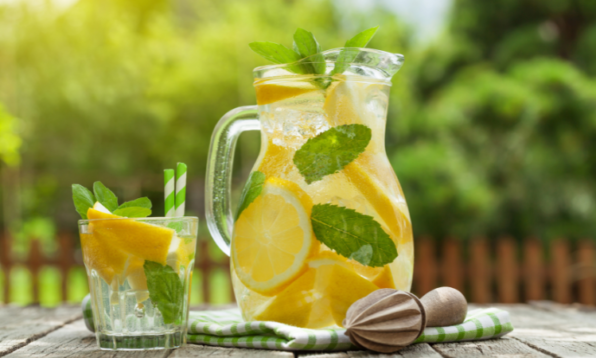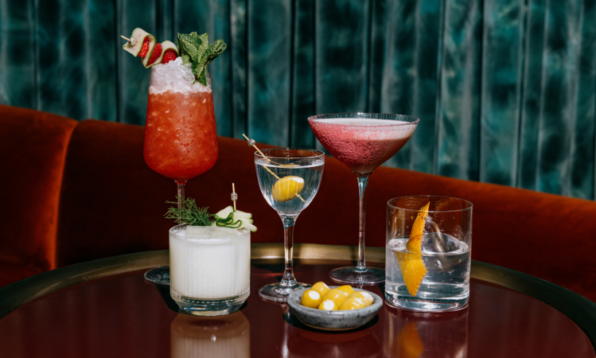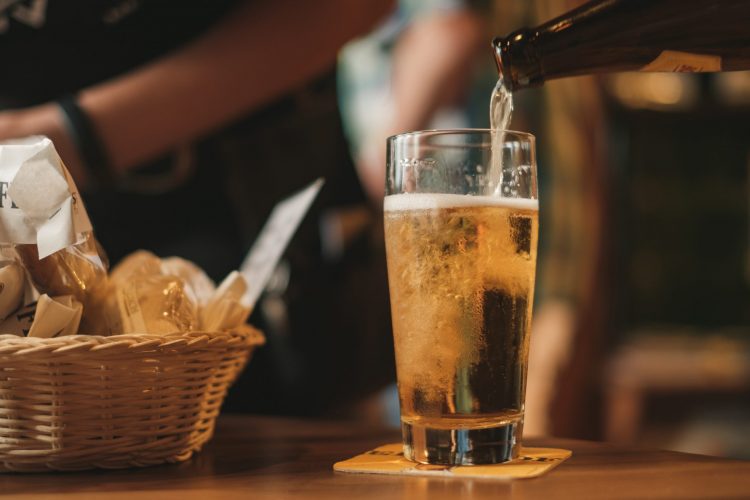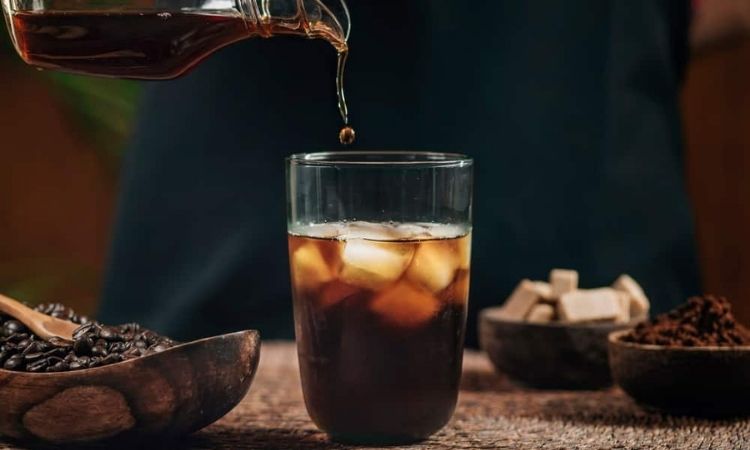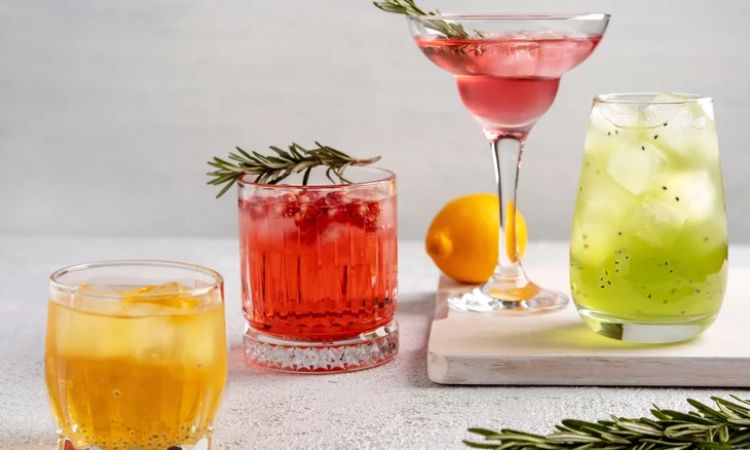If you are looking for the ‘perfect’ chai recipe, then we are sorry to disappoint you because such a thing does not exist. It would not be an exaggeration if we say that each time someone brews a cup of tea, a new flavour emerges. There are different types of tea available in the market but a cup of tea doesn’t only have to do with the ingredients but also the proportions of those ingredients. A fellow tea-lover, Meeta Sharma, hits the nail on its head when she writes:
You do not steep chai, you brew it.
In India, calling chai a mere trend would be an understatement. It is more of a constant, unifying presence, an integral part of the rhythm of life, across different strata of Indian society. It has an all-encompassing presence in various forms, from the deserts of Rajasthan to the metropolitan cities, inside the offices and factories to every street and nukkad you can find.
Fun Fact:

Suited to every weather, occasion, and mood, this popular beverage has multiple variants across the country.
The origin of chai
As the legend goes, the origin of chai dates back more than 5,000 years. Tea was accidentally discovered in 2727 BC in China when Emperor Shen-Nong was boiling water in the shade of a tea tree, and some leaves from the tea fell into the pot. The resulting aroma, colour and taste of the drink made the emperor ecstatic. Soon, tea became a common drink in Chinese culture.

Tea came to India from China, but it was in the British colonial era when large tea plantations were established. To popularize the drink, tea was often gifted to British factory owners in the subcontinent which they fed to Indian workers as a source of energy and cheap calories, coupled with cream from northern Europe and sugar harvested from slave plantations in other British colonies. New York University Food Studies Professor Krishnendu puts it in an interesting way:
This early form of chai was a steaming cup of the British empire.
As chai became the drink of the working class, it travelled through the country and was personalized according to the tastes of people belonging to different regions. Today, it is one of the most common drinks in South Asia.
Tea culture in India
In the race to become the world’s largest producer of tea, China and India stand neck-to-neck. India has more than 100,000 tea estates employing millions of tea workers, and almost 80 per cent of the million or so metric tons of tea produced is consumed by our own people. The subcontinent’s significant territorial and climatic differences define the tea-drinking habits of its inhabitants.

How North India drinks its chai
Butter tea is known as ‘po cha‘ in Tibetan or ‘gur-gur‘ in Ladakhi language. It is the ‘drink of the people’ in the Himalayan regions of Ladakh, Sikkim, Nepal, Bhutan, and Tibet. Butter tea is supposed to have originated in Tibet. Traditionally, it is made from tea leaves, yak butter, water, and salt, although butter made from cow’s milk is increasingly being used, as it is cheaper and widely available.
According to Tibetan customs, butter tea is drunk in separate sips, and after each tea sip, the host refills the bowl. Thus, the guest never drains his bowl, since it is constantly topped up. If the visitor does not wish to drink, the best thing to do is leave the tea untouched until the time comes to leave and then drain the bowl. In this way, etiquette is observed and the host is not offended. It is best enjoyed with Tsampa and works as a good remedy for chapped lips.

Noon chai, also called pink tea, gulabi chai or sheer chai is the traditional beverage of Kashmir. Traditional Kashmiri bread and pastries like lavasa, sheermaal, kandir tchot, bakarkhani and kulcha go well with it. It is traditionally made from special tea leaves, milk, salt, and cooked in a samavar. A pinch of baking soda is added to help give it more of a pronounced pink colour. A recent variant preparation of this tea also includes sugar but it is not traditionally consumed in Kashmir.
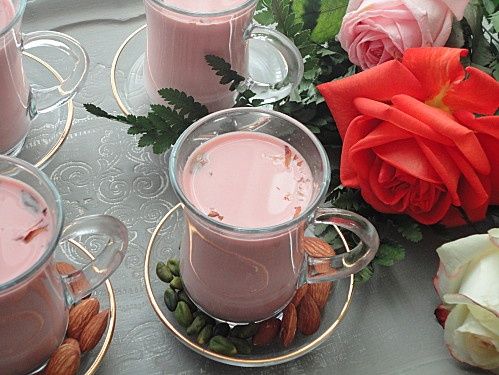
Kahwah is a traditional green tea preparation consumed in the Kashmir Valley, Afghanistan, northern Pakistan, and some regions of Central Asia. It is made by boiling green tea leaves with saffron, cinnamon, cardamom and occasionally Kashmiri roses to add aroma. Generally, it is served with sugar or honey and crushed nuts.

In Northern India, people mostly ferment tea leaves (CTC – Cut Turn Curl), that’s boiled with water and milk. The choice of sweeteners including sugar, jaggery, khand, sugar-free or none at all. Any spice is added depending on personal preference. Popular additives include ginger, cardamom and tulsi. In Bhopal, a pinch of salt is added sometimes.

How West India drinks its chai
In Gujarat and the other Western states, people drink masala chai which is a flavoured tea beverage made by brewing black tea and milk with a mixture of aromatic Indian spices and herbs. It is traditionally prepared by a decoction of green cardamom pods, cinnamon sticks, ground cloves, ground ginger, and black peppercorn together with black tea leaves. The amount of milk and the ingredients of the ‘masala‘ vary from region to region.

Related: 9 Everyday Kitchen Ingredients To Spice Up Your Masala Tea At Home
How Central India drinks its chai
The Persian immigrants to India in the 19th Century set up Iranian Cafes – most of them in Hyderabad and Mumbai. The brew that is served in Hyderabad, the Irani Chai, is one of the most popular beverages. The tea concoction is prepared separately and has a bitter taste. The milk is condensed for 12 hours and then added to the brew while serving. Also known as Paani Kum Chai, it is served with bun-maska, mutton samosas, and keema pavs.

How East India drinks its chai
Bengalis consume two kinds of chai — Liquor Cha and Dudh Cha. The name ‘liquor cha‘ is misleading because there is nothing Irish about it. It is, essentially, an aromatic concoction, made from tea leaves sourced partly from Assam and Darjeeling, without milk and sugar. Whereas, as the name indicates, ‘dudh cha‘ is a conventional brew of tea leaf dust with milk and sugar.
The classification holds good in Assam too, with a slight change in nomenclature. Ronga Sah is red tea without milk whereas Gakhir Sah is milk tea.
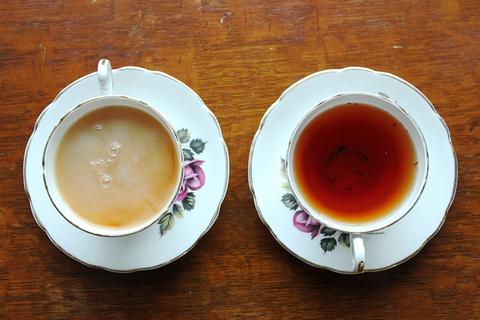
Chai wallahs — an integral part of India’s tea culture
A chai wallah is a person who makes and sells tea. Since the British helped popularise tea in India, chai wallahs have been setting up stands throughout the country and caffeinating the population, one cup at a time! You can find them everywhere, from busy urban street corners to hidden alleyways, at bus depots and railway platforms, along riversides and on footpaths, whenever you need a fresh cup of tea, a chai wallah is always near. To mark their speciality, many chai wallahs develop a stylised preparation and presentation for their chai. They prepare different types of tea — putting a little something special in their blend, like a pinch of spicy garam masala powder or a strand of saffron on the top, to make it unique and keep their customers coming back.
Resham Gellatly and Zach Marks, 2 Fulbright scholars who have been documenting stories of chai wallahs from India’s many distinct regions, write on their blog:

The different ways chai is served
It’s not just the tea that varies, but the vessels and the ways it is slurped are also different. Some people enjoy the taste of chai in small clay cups called ‘kulhads‘ which are typically discarded after use. While these kulhads are still popular in Kolkata, the chai wallahs in other parts of the country have ditched them and replaced them with small glass cups or disposable plastic ones. There are also people who pour chai out of a teacup into the saucer and drink the cooled down brew out of the plate.

No, chai tea latte is not the same as chai.
Starbucks has come up with a chai variety which they call “chai tea latte”. Nowhere close to the real flavours of Indian tea, Starbucks is selling the West an overly sweet, oddly spicy blend. It has 42 grams of sugar (10.5 teaspoons) in a 16 oz grande and includes unrelated flavours. Starbucks modelled its tea after masala chai. Grated ginger, black pepper and cardamom are its common ingredients. Also, “chai” translates to “tea” in Hindi, so the phrase “Chai Tea” which means “tea tea” is basically redundant. But in India, chai takes on different flavour profiles, snack accompaniments, and even drinking vessels, depending on the region.
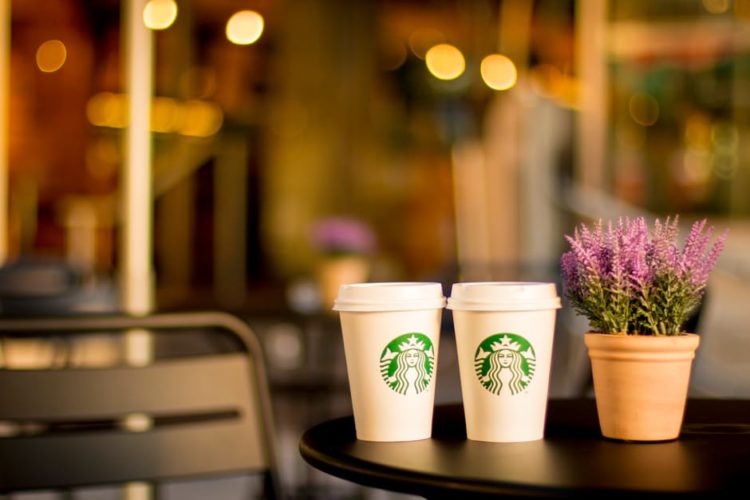
Everyone has a chai story, a favourite chai wallah, and a flavour they like. It is the beverage that every Indian relates to and makes one feel warm and cosy on the inside. Where there is tea, there always will be hope.
Featured Image Source






